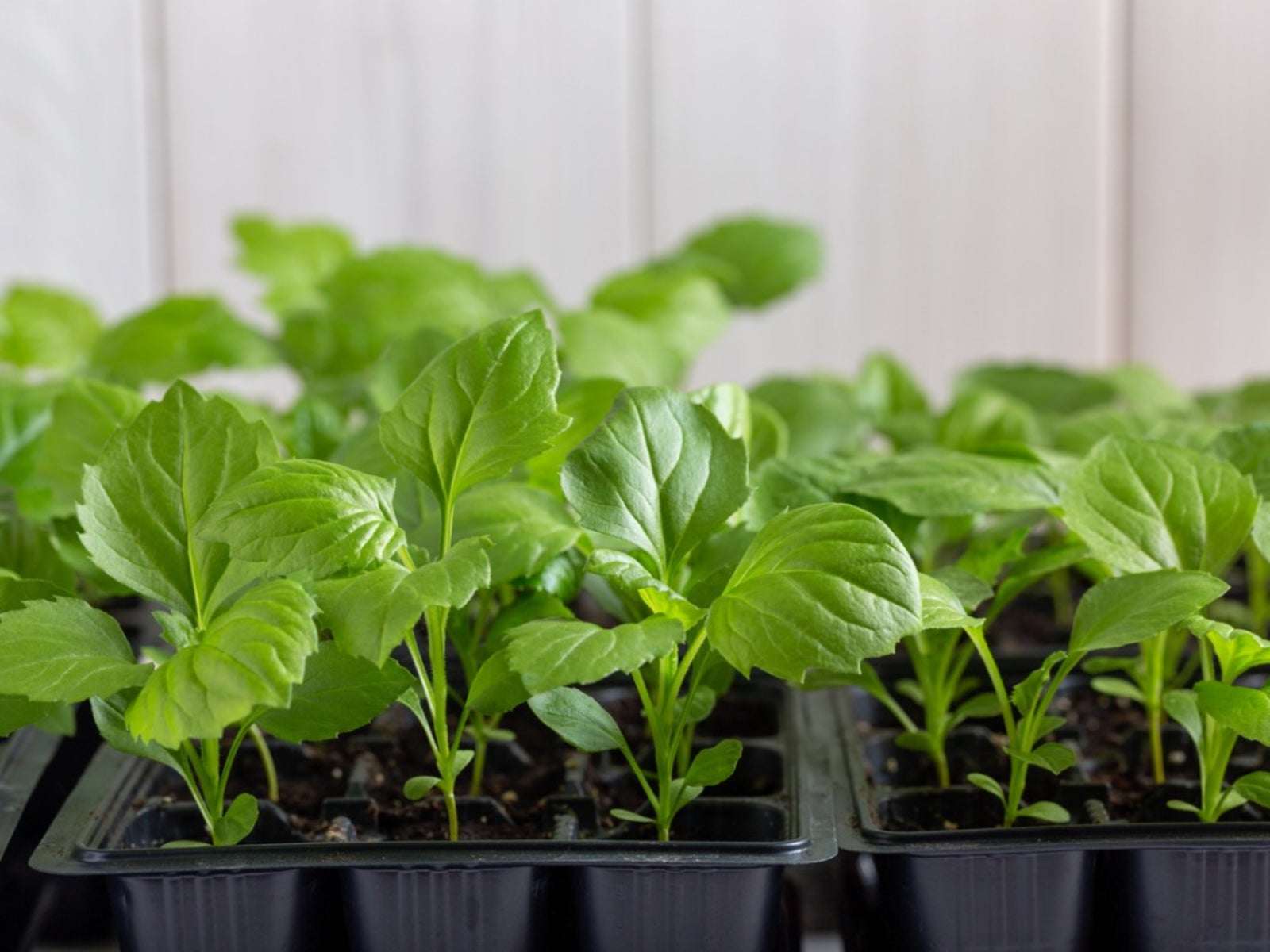Aster Seed Sowing – How And When To Plant Aster Seeds

Asters are classic flowers that typically bloom in late summer and fall. You can find potted aster plants at many garden stores but growing asters from seed is easy and less expensive. Plus, if you grow from seed, you can choose from endless varieties instead of just whatever is available at the garden center. So why not get some seeds and add fall color to your garden?
Aster Seed Growing
Asters are a group of perennial flowers that belong to the Asteraceae family, also called the daisy family. Many species and varieties, both wild and cultivated, are available to gardeners. This means you have a lot of options, including tall or short plants with flowers in many different shades of blue, purple, pink, or white.
In North America, asters provide valuable food sources for butterflies, native bees, and other insects. They are a great choice for wildflower and butterfly gardens and for planting in meadow habitats. Most asters prefer cool, moist climates, especially at night. Many need a cool or cold winter to grow back the following year. For example, the New England aster is very cold hardy and grows best in zones 3 to 8.
When to Plant Aster Seeds
The best time for outdoor aster seed sowing is just after the last frost in your area. You can also start seeds indoors using a good seed starting mix four to six weeks before the last frost. Indoor aster seed care involves keeping the seeds at a temperature of 65 to 70 degrees F. (18-21 C.) and providing seedlings with ample light as soon as they emerge.
How to Grow Aster Flowers from Seed
First, choose an appropriate planting site. Asters will do best in full sun, but many varieties can also grow in partial shade. Well-drained soil is best. Prepare the planting site, especially if it’s a new garden bed, by mixing in compost, composted manure, or another source of organic matter and nutrients.
If you’ll be planting outdoors, follow the seed spacing instructions for your variety. Many asters can be spaced 3 inches (8 cm.) apart, then thinned to 12 inches (31 cm.) apart after they emerge. Whether planting indoors or outdoors, cover the seeds with 1/8 inch (3 mm.) of fine soil.
Aster seed sowing by scattering the seeds in a wildflower planting is also perfectly fine. Water the seeds after planting, then keep them evenly moist until seedlings emerge. This can happen between 7 and 21 days after sowing, depending on the aster variety.
Gardening tips, videos, info and more delivered right to your inbox!
Sign up for the Gardening Know How newsletter today and receive a free copy of our e-book "How to Grow Delicious Tomatoes".
Ilana Goldowitz Jimenez is a scientific and agricultural writer with a B.S. in Plant Sciences from Cornell University and a PhD in Chemical Biology and Infectious Disease from Harvard University.
-
 Looking For Plants To Give You The Soft And Fuzzies? Try These 5 Fuzzy Leaf Plant Options
Looking For Plants To Give You The Soft And Fuzzies? Try These 5 Fuzzy Leaf Plant OptionsLovers of texture, drama, silver foliage and tactile plants will adore these special sensory garden additions. These fuzzy leaf plant options will leave you all aglow
By Susan Albert
-
 Get Ready For A Summer Of Hummers! Grow These Full Sun Hummingbird Plants and Flowers
Get Ready For A Summer Of Hummers! Grow These Full Sun Hummingbird Plants and FlowersIf you’re lucky enough to enjoy a sunny backyard, make sure you are maxing out on your pollinator opportunities and grow these full sun hummingbird plants and flowers
By Tonya Barnett